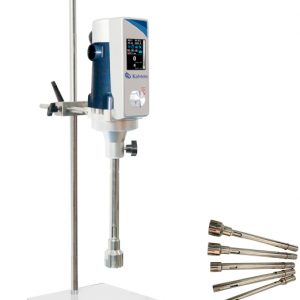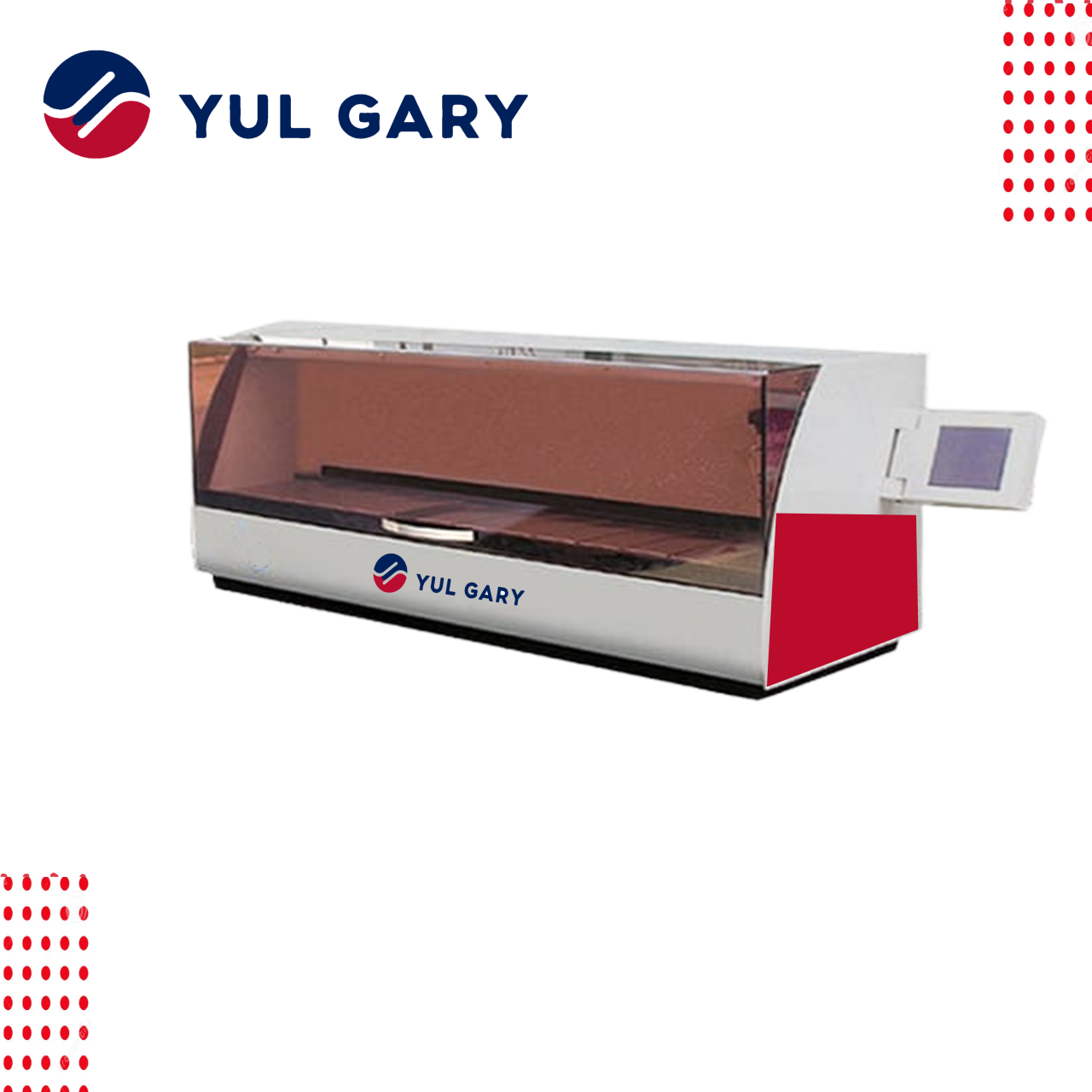Homogenization is a chemical technique that constantly mixes components that are not miscible among themselves, that is, they are not mixed conventionally, in order to obtain homogeneous solutions or soluble suspensions. The final result will depend on which solutes are mixed as well as the type of equipment used for this technique. Currently, the most commonly used instrument is the homogenizer.
Homogenizers are also called vortex mixers and were created by inventors Jack A. Kraft and Harold D. Kraft, when they worked as laboratory equipment manufacturers. After their invention, they filed the patent in April 1959 and it was granted to them in October 1962. Today, the same factory where they worked still manufactures homogenizers.
Applications of homogenization
Homogenization is a technique that allows obtaining homogeneous solutions from solutes and solvents not miscible among them. This technique is very useful in many fields of science, which is why the homogenizer is an essential equipment in any laboratory. The following shows the applications of the homogenization technique:
- In the chemical and petrochemical industry, it is used for mixing reagents, solutes and solvents, or for emulsion optimization.
- In biology and biochemistry, it is used for breaking down cells and tissues without damaging the cell membrane.
- In the food industry, it is used for the preparation of creams and sauces, as well as in the dissolution of salts and sugars.
Homogenization techniques
In homogenization different types of substances are combined in order to obtain a mixture that is uniform and consistent. Homogenization is usually used with solutes and solvents that are not miscible with each other at all or are barely miscible with each other. The process of homogenization can be performed through several techniques:
- Shearing forces produced by solids or liquids.
- By gas cavitation.
- Chemical and biochemical (hydrolysis or use of hypotonic media).
Homogenizers
Since ancient times, a great number of technologies have been used to obtain homogeneous mixtures, among them mortars, which can still be seen in many modern laboratories. Other less common methods include the use of blenders or crushers, however, the most effective technology is the homogenizer.
A homogenizer is an instrument used in laboratories for the homogenization of various materials, such as tissues, cells, soil samples, plants or food, among others. It has a very simple operation based on the creation of a sample vortex that allows the disintegration and obtaining of a homogeneous solution.
Operation of a homogenizer
Homogenizers are formed by an electric motor which is positioned vertically, this in turn is connected to a rubber part, which is usually located in the center of the equipment. When the rubber part is pressed, the engine of the equipment causes the rotation of the same, this way the movement is transferred inside of the sample so that the solutes that compose it are mixed together. These equipment must be configured to have two types of operation, one continuous and one intermittent, when the rubber is pressed.
In the laboratory, during the use of the homogenizer, it is recommended to place it on a stable and level surface, for comfort and efficiency. On the other hand, the surface should also be completely clean, so that the team’s feet are firmly attached and this way avoid spills. Placing the catheter near a current source is also recommended.
Homogenizers brand Kalstein
At Kalstein we are MANUFACTURERS and offer the best homogenizers at the most competitive prices on the market. We have conventional and ultrasonic homogenizers. Our ultrasonic homogenizer is characterized by:
- Single chip technology + 4.3-inch capacitive TFT touch screen (optional 7-inch)
- PID control, ultrasonic time, power can be set from 1% to 100%.
- The sample temperature detection frequency is automatically tracked, and the failure is automatically alarmed.
- With overload protection function.
To make the PURCHASE of your homogenizer you only need to quote in our catalog: HERE





